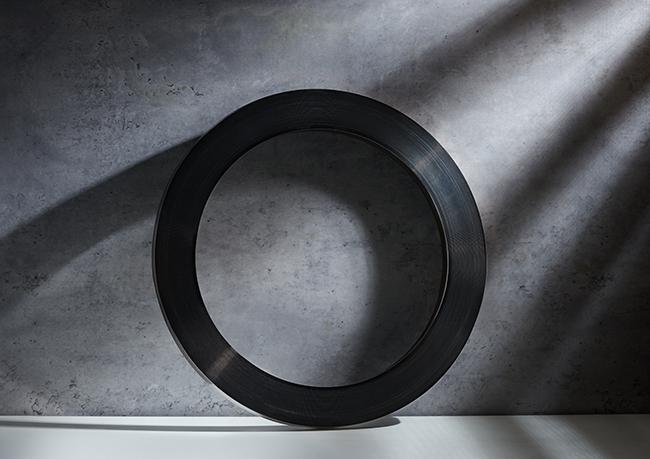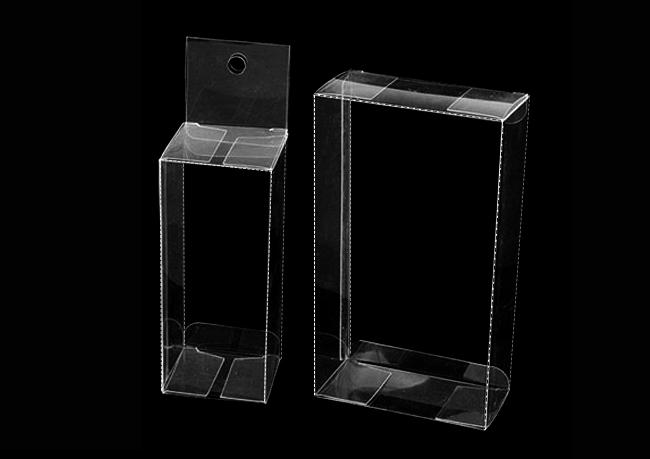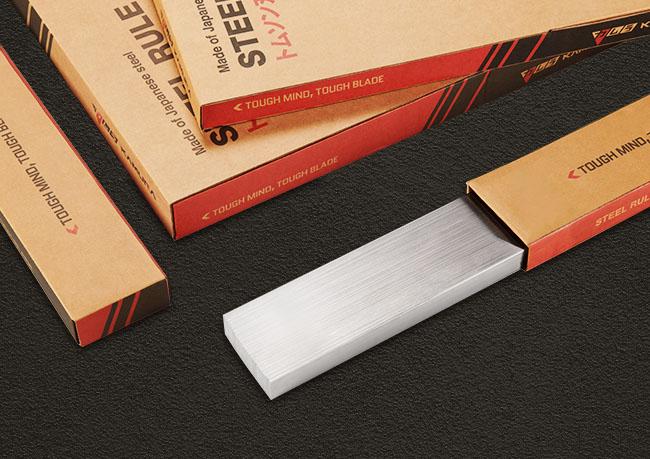Q: How to Solve the Problem of Paper Dust and Debris During Cutting?
A: In paper processing, the generation of paper dust and debris during cutting has become an increasingly common issue. This is mainly due to the structure and composition of modern paper materials.
To meet environmental demands, most commercially available papers except for a few high-end grades contain a certain proportion of recycled pulp. During repeated recycling processes, the plant fibers gradually break and shorten, weakening the overall structure of the paper. When such materials are cut,short fibers are more likely to shed, naturally leading to the formation of paper dust and fine debris.
For packaging converters, paper dust not only affects the quality and appearance of the final product, but may also impact machine performance,
increase maintenance frequency, and even cause equipment failures.
Therefore, finding an effective way to reduce paper dust is a pressing technical challenge in the cutting process.
Currently, the majority of the industry still relies on traditional cutting blades—also known as draw-cut blades.
These tools are known for their durability and cost-efficiency, fulfilling around 80% of general cutting needs.
However, due to the inherent pressure-based cutting method, they may not meet the high expectations of clients seeking ultra-clean cut edges
and superior cutting quality.
These blades are manufactured using advanced grinding techniques, resulting in extremely sharp and smooth cutting edges.
The refined grinding process minimizes friction and pressure on the paper fibers during cutting.
The razor-sharp blade tip easily penetrates a variety of paper types—whether composed of long or short fibers—significantly reducing the likelihood of dust formation.
This ultimately lowers the time and cost spent on post-cutting cleanup.
In summary, if your production process frequently encounters issues such as excessive paper dust or inconsistent cutting quality,
we strongly recommend upgrading your cutting tools.
Choosing high-performance blades like Fine Grinding - FG series not only improves your existing process,
but also enhances production efficiency and product value. It is a key factor in achieving high-quality paper converting.







